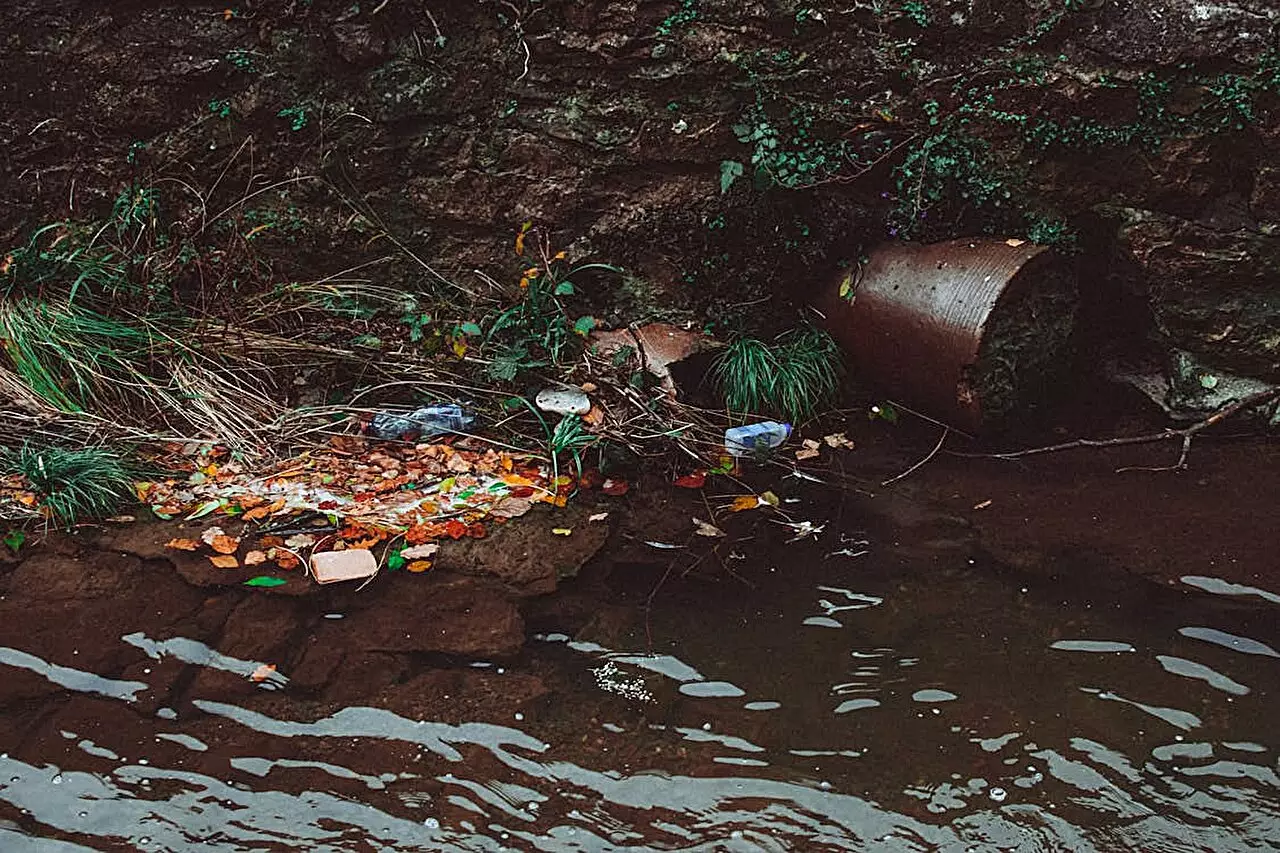The Citarum River, long recognized as one of the most severely polluted rivers in Indonesia, has captured global attention due to its environmental degradation and the adverse effects of urbanization. This waterway, which was once celebrated for its natural beauty and rich biodiversity, has suffered immensely from waste dumping, industrial pollution, and changing climate conditions. However, an innovative solution is emerging to tackle these multifaceted issues through the Citarum Living Lab, a transformative initiative that leverages community involvement and scientific research.
At the heart of the Citarum Living Lab is the idea that sustainable transformation can only occur through a collaborative approach that includes local communities, researchers, governmental bodies, and NGOs. This multi-faceted initiative is meticulously designed to bridge the gap between scientific research and on-the-ground practices. It focuses on equitable participation and local knowledge, which is crucial for developing holistic and viable solutions to the river’s woes. By co-developing interventions that resonate with community needs, the initiative sets itself apart from traditional environmental restoration efforts that often overlook local contexts.
Recent research led by Monash University has underscored the importance of interdisciplinary collaboration in the Citarum Living Lab initiative. The study, published in PLOS Water, emphasizes that blending expertise across fields—ranging from environmental science to art and design—can result in more impactful and sustainable solutions. According to Dr. Paris Hadfield, a lead researcher from the Monash Sustainable Development Institute, the core mission is to empower local stakeholders to create strategies that effectively address environmental challenges while harmonizing economic and social interests. The role of design in this initiative is critical; as Dr. Michaela Prescott explains, the project integrates practical design interventions that resonate with local culture, thereby ensuring that solutions are not only technically sound but also socially accepted.
The implications of the Citarum Living Lab extend beyond the immediate context of river restoration; they resonate with the broader framework of sustainable development goals (SDGs). By prioritizing local engagement and sustainability, the initiative seeks to advance planetary health while also addressing pressing economic and social challenges. This model not only serves the communities directly affected by the river’s degradation but also acts as a beacon for other regions facing similar difficulties. The collaborative structure of the Living Lab has the potential to inspire a new paradigm in environmental management, particularly in peri-urban areas where traditional methods have often fallen short.
The Citarum Living Lab stands as a promising model for environmental restoration, merging scientific inquiry with community engagement and design innovation. This initiative represents a progressive shift in how we confront global environmental crises, showing that with the right collaboration and commitment, it is possible to revitalize one of the world’s most troubled waterways. If successful, this approach could serve as a powerful template for future ecological restoration initiatives around the globe, offering hope for the health of our rivers and the communities that depend on them.


Leave a Reply